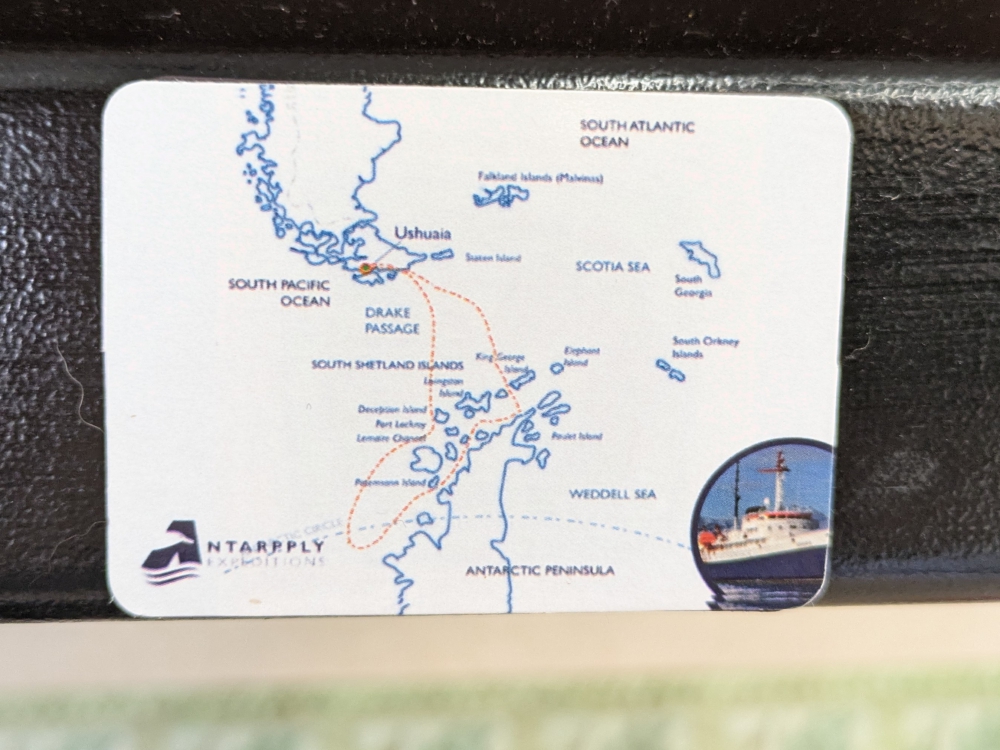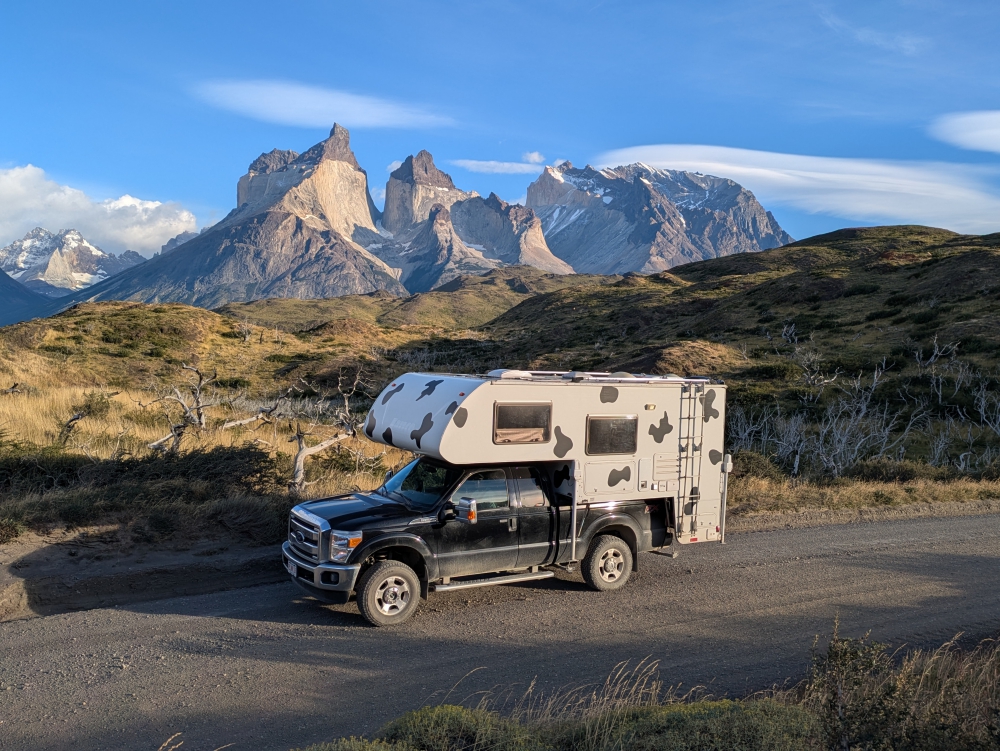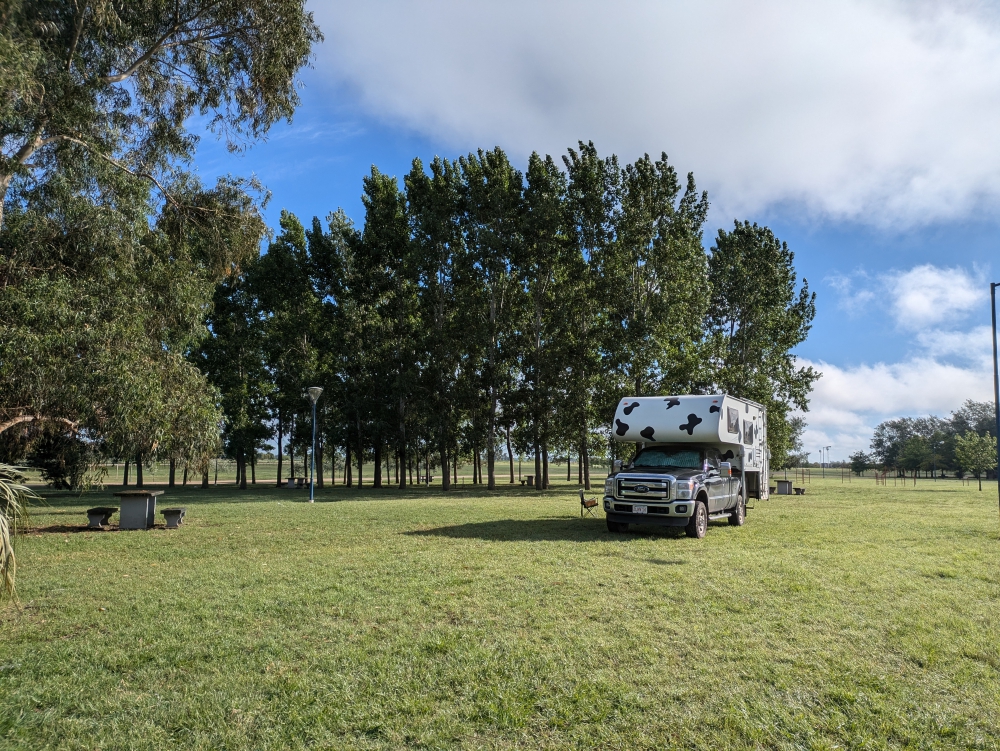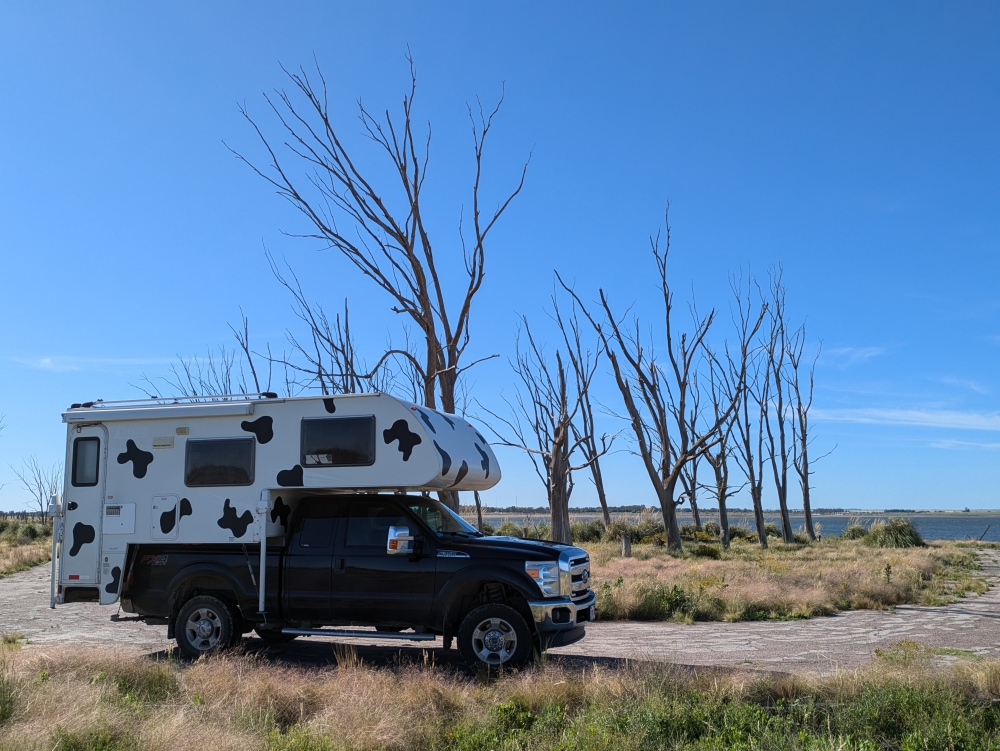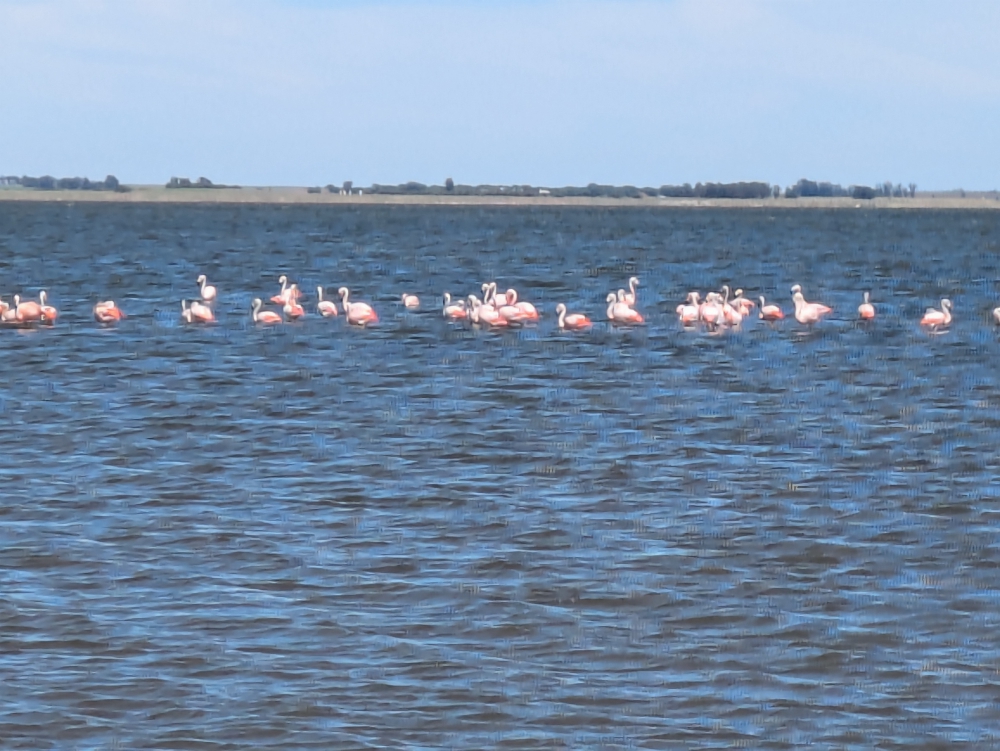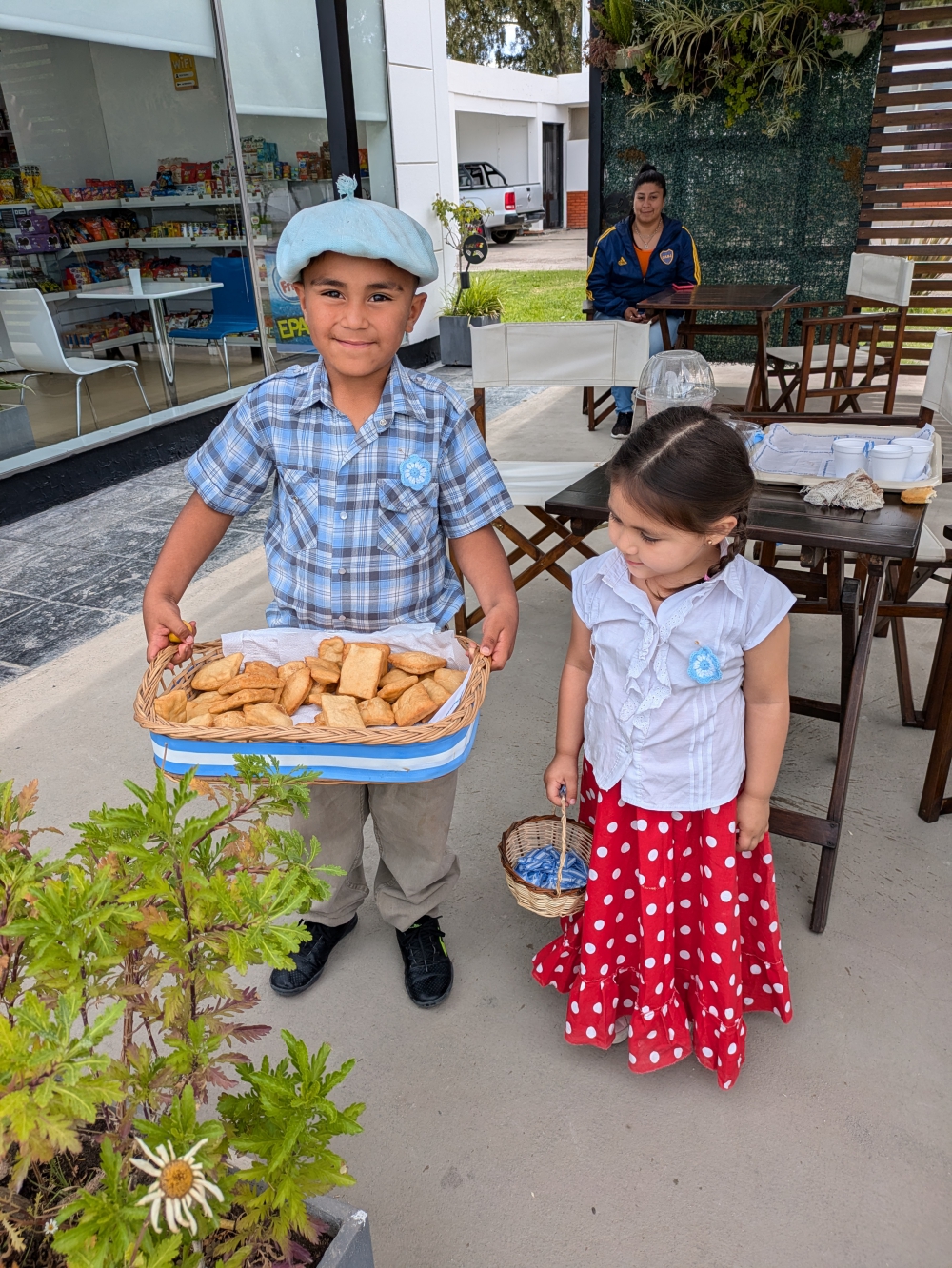
Every month, I post a report of our expenses to show that it is possible to live a comfortable, exciting, and adventurous life without breaking the bank. The less money you spend, the less you need to make. 🙂
This report includes ALL of our expenses, in US$, for two adults and one 60-pound dog (we adopted Maya on June 4th, 2019). Under groceries we incorporate food, produce, and non-alcoholic drinks predominantly bought in supermarkets. Toiletries belong in that category as well. Dining out means eating at a restaurant/event or purchasing take-out food. The health category covers non-prescription medicines and vitamins/supplements; medical contains prescription drugs and doctor’s visits. Because of our income level, Mark and I are eligible for free health care within the state of Massachusetts. For check-ups and extensive care, we return to the US East Coast. Other health issues are resolved locally and out of pocket where needed.
Mark, Maya, and I spent the entire month of December with Thirsty Bella in Argentina, apart from two days in Chile during which we only paid for a ferry.
(As always, hover over or click on photos in galleries to read their captions.)

Leaving Argentina to then cross into Chile

Welcome to the Land of Fire

Getting closer to Ushuaia

Reaching the bottom of the continent

Lake along our route

The scenery got better and better as we reached Ushuaia
True to form, the car category was the highest, with about $500 going to fuel to cover the 700-mile (1,000km) distance from Puerto San Julian to Ushuaia and then exploring the southern tip of the continent in earnest. As you will notice in an upcoming post, Ushuaia has a lot to offer!

We topped up our fuel tank again in Chile, because we didn’t know how many detours we’d make on this part of the island and there was only one fuel station!

Driving across the island of Tierra del Fuego

We’d been driving on Ruta 3 for 3,000 km (2,000 miles)
Over $150 went to maintenance for our truck. Mark finally bought a complete repair manual for our 2016 Ford F350, since we try to do all engine work ourselves. We shopped locally for brake cleaner and a C-clamp in order to replace our rear brakes. Of course, during that process, we faced an issue when one of the brake caliper pins appeared to be seized.

Our first day in Ushuaia was used to do car maintenance.

The brake caliper has a seized pin!

Mark aims to replace the rear brakes and rotate the tires.
After trying to get the part unstuck with heat, twisting, and banging, Mark managed to remove the caliper and – after more attempts to loosen the pin – I wrapped it and hitched a ride with our friends to town, where I enlisted the help of a mechanic to separate the parts. It didn’t look promising, but after an hour of blasting heat, banging, and some mate drinking, Edgardo from Gato Garage in Ushuaia succeeded to separate the caliper pin. Cost: $50.

Edgardo uses heat to loosen the pin. Unsuccessfully.

Edgardo uses a hammer to loosen the pin. Unsuccessfully.

After an hour of this combination, he finally manages to get the pieces separated. It was a good moment!

Here, he’s cleaning the insides of the caliper, while drinking mate.

Mark installs the new brake pads.
Mark also ordered two new sets of caliper pins in the US, to start fresh in the future. We used the pristine ones we brought to finish the brake job.
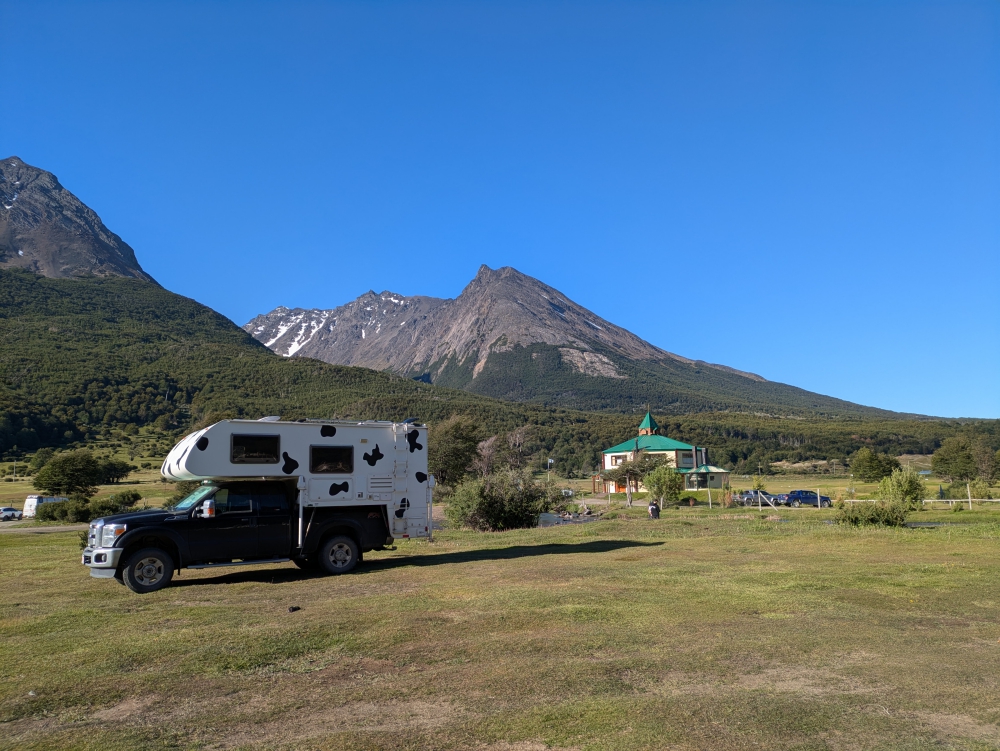
The camper and the truck are united again.
The grocery category was less than last month. Prices in Argentina are still soaring, but the exchange rate against the USD is improving and we didn’t splurge as much as other years for our Christmas and New Year’s Eve dinners.

For the first time, Mark is cooking orange chicken in the camper.

Making our own “take-out” Chinese dinner of orange chicken, which is like sweet & sour chicken

Mark makes his own granola, as it’s impossible to find healthy granola. Unfortunately, our oven is too small for this frequent event.

We always buy whole chickens, which Mark then butchers into the different parts. It’s the cheapest way to eat chicken and you don’t end up with two-boned thighs this way.

Yummy Philly cheesesteak sandwich for lunch

Stir fry dinner

Meatloaf, flattened to fit in our tiny oven

Lots of grocery store visits when heading south along Ruta 3

Grocery shopping in Rio Grande, Argentina

Appetizer platter on Christmas Day
We cooked and ate all but one of our meals at home in December, including special dinners on Christmas Day and New Year’s Eve.

Plenty of fresh mussels along the seashore

Preparing a mussel fest on Christmas

Mussels as an appetizer for our Christmas dinner

Mark prepares the main course: ossobuco and squash risotto

Maya still enjoys her moose antler bone

A Dutch couple joined us for our Christmas feast

Dinner on NYE, just with my husband
My annual tradition in December is to create calendars for dear family members. Every month of the year has a page-size photo of Mark and me (and, ideally, Maya as well) in different locations of our travels. It has proven to be a perfect gift for loved ones and, this way, we are somewhat close by.
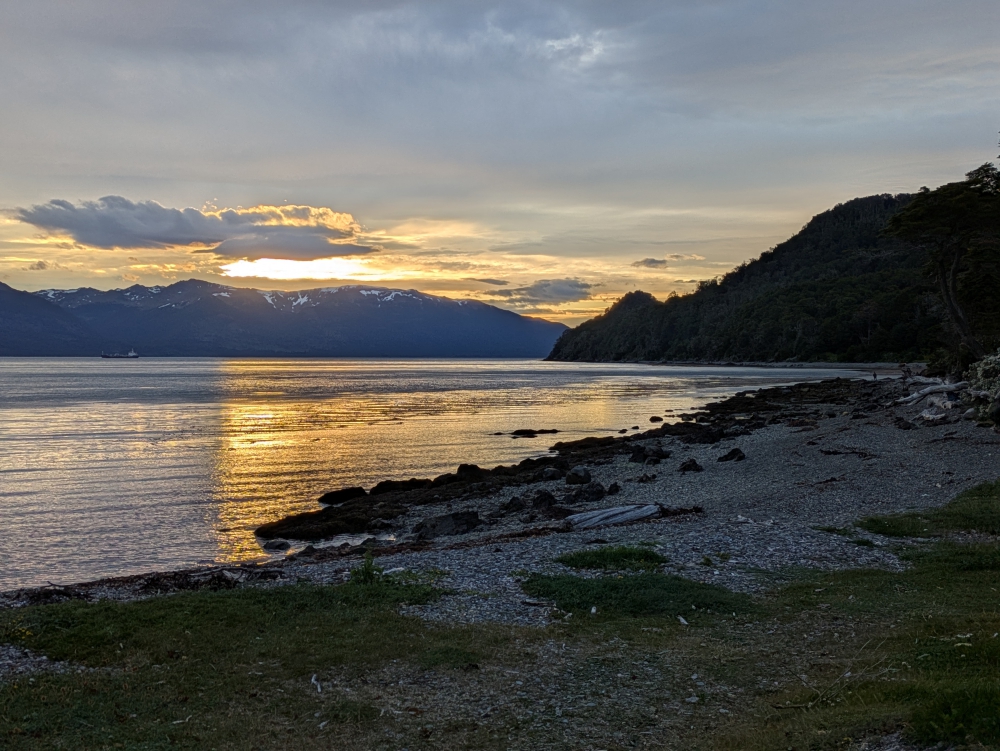
Sunset at 10:30pm or so on Christmas Day
As mentioned before, throughout December, Mark moved all our email addresses, domain names, and webhosting services to different companies. What prompted this mammoth task was BlueHost’s annual rates going through the roof, with the three-year subscription more than doubling in price.
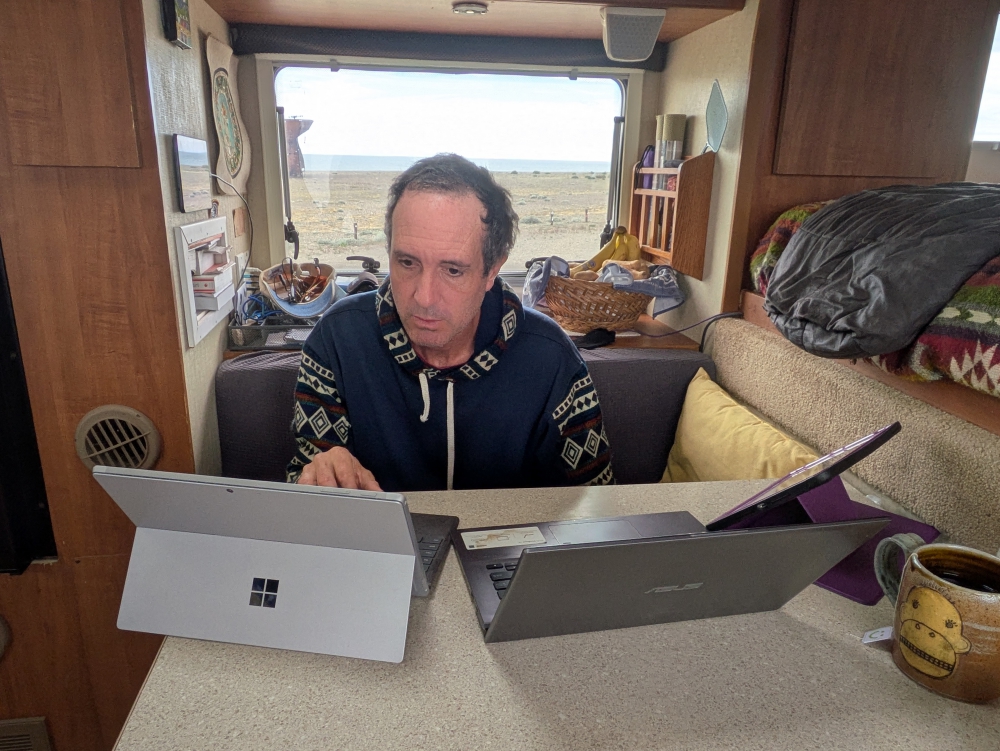
Mark dealt for weeks with switching our hosting, domain, and email services.
Because of the research and switch, this blog has become cheaper to maintain and should load quicker with Easy WP. The sign-on year is affordable ($20), but prices will go up to about $100 a year. We also paid the annual fees for our email hosting ($10) and the other $30 went to our domain registrations for 2026, as we had already paid for 2025, which was transferred. We hope to recover the fees for Roaming About blog maintenance through donations within the next three years. One person already helped out, so our thanks go to MD.

It can be pretty cold down here. Even in the summer.

It’s pretty cold during the day and close to freezing at night. Where is summer?

Posing on a snowy patch at the Martial Glacier site
Now for the less boring stuff… We stocked up on wine and beer for the holidays ($55), paid for half of our monthly Starlink satellite internet subscription (the other half is paid by our business), and topped up our propane tank. This happens more frequently now, since we run our heater quite a bit in the cold south. Even though it is summer!
To enter the island of Tierra del Fuego, we needed to hop on a ferry in Chile and cross the Strait of Magellan. The $21 ride lasted about half an hour. Just enough time to cue and pay for the privilege. Hence the transportation category in December.

Driving to the port to catch a ferry to Tiera del Fuego

The ferry – with us – would cross the Strait of Magellan

Approaching the ferry

The entire ferry ride (30 minutes), we waited in line to pay for the crossing – Passengers ride for free on this one.

Price list for the ferry

It was a smooth ride, but we couldn’t see the water.

Driving back on land; an island
I am going on a “solo” adventure in January, which I will detail in our annual expense report for 2024, and for this, I needed warm, waterproof pants. Our friend, Jeff, could miss a pair, so I bought them from him.
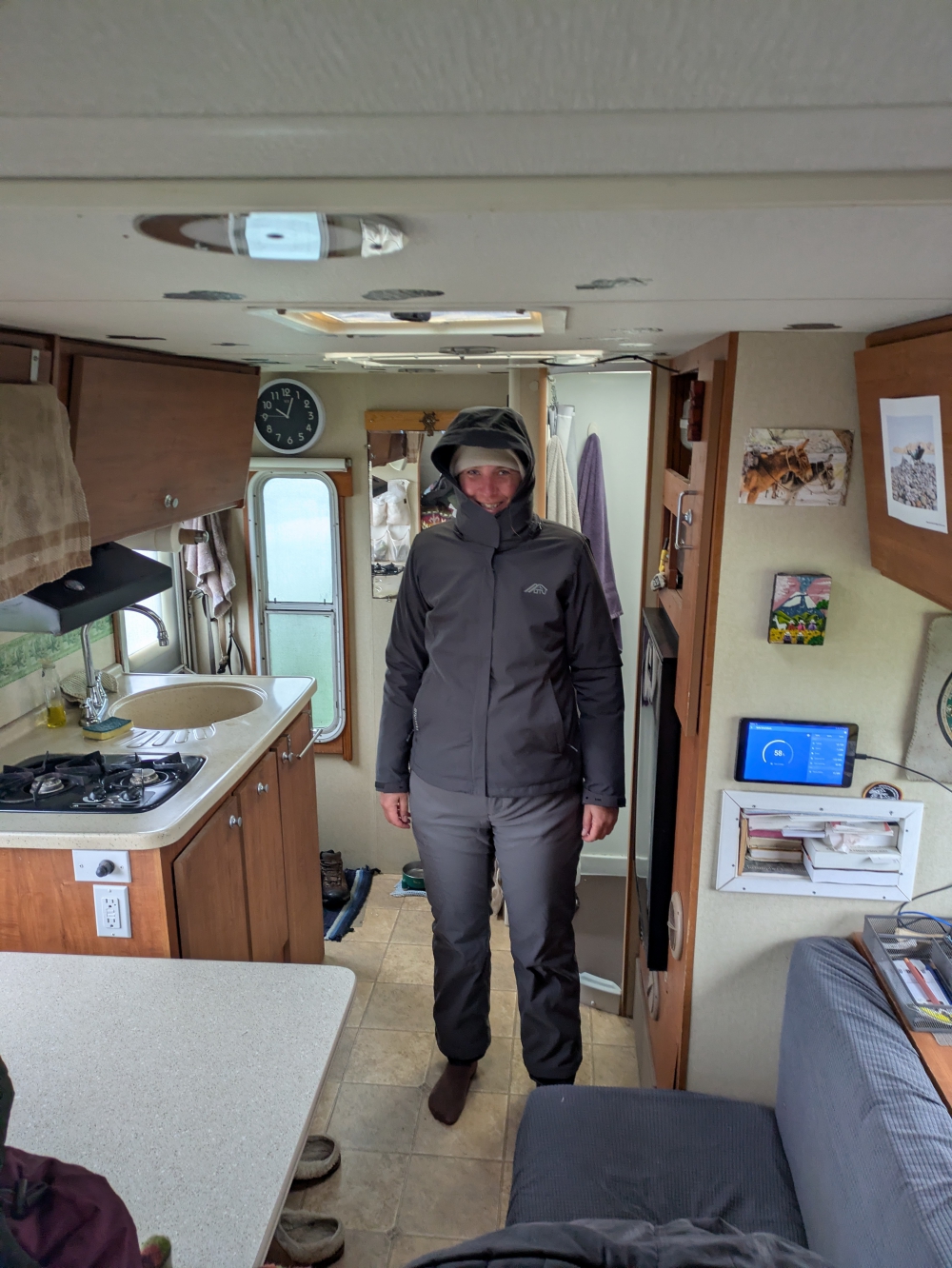
Layering up for my 10-day expedition to…
We lucked out with laundry last month by finding the cheapest laundromat of Argentina in Rio Gallegos. Because of this, we dropped off four baskets of clothes and linen and had about everything we own washed, dried, and somewhat folded for $13. If only we’d pass through again on our way back north!

Two big bags of laundry for $13, a score!

Checking out several hardware stores – The wares are located behind the counter.

“One inch,” I said to Mark… At least it was a free haircut!
And, because we had to cross through a small part of Chile to reach Ushuaia, Maya needed another health certificate from a registered vet in Argentina, plus an official international permit from the agricultural department SENASA. The trick to save money here is time. If you want this permit on the day of application, it costs $40. To retrieve it the following day, you hand over $20. And, if you are willing to wait three business days, the cost drops to $2! Guess what we did?
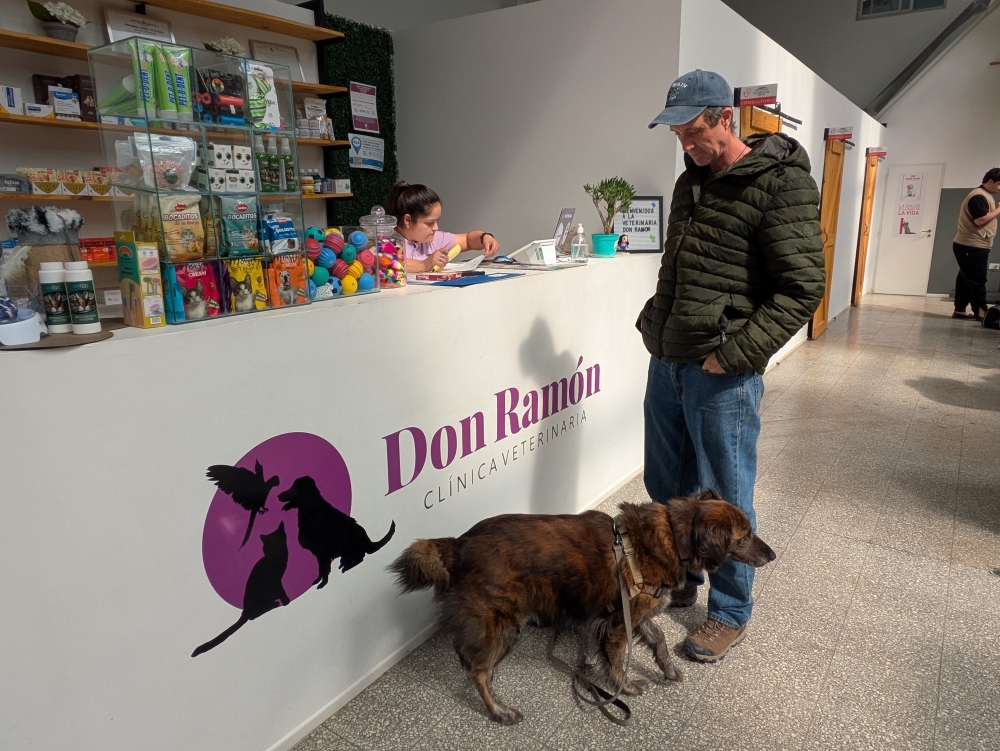
Another vet office visit to obtain paperwork for Maya in Rio Gallegos
Mark went to a bar with our friend, Jeff, one afternoon, hence the drinking out category, and the three of us enjoyed a decent meal at the same “pub” (La Cabaña) in Ushuaia after a streneous hike in the mountains. Mark and I used “old” donation money for our burger dinner and accompanying drinks. It had been a long time since we found eating out worthwhile in Argentina! Thank you, MB and MD for this lovely splurge!

Cute setting for a bar

Sign in the women’s bathroom of La Cabana

Enjoying a local gin cocktail – It was the best one I’d drank in years!

Finally going out to dinner again in Argentina!

It was a tasty meal and a fun evening.

Camped by the glacier attraction for two nights with Jeff
All our hikes and entertainment last month turned out to be free activities.

Sealions below the cliffs on the coastal route

Replica of the Victoria – one of Magellan’s ships in an attempt to circumnavigate the world

Walking among Magellanic penguins

Watching penguins at a pebble beach

Hiking to Twin Lakes north of Ushuaia

Hiking to Martial Glacier with Jeff

Turning-around point on the coastal trail for me. The men and Maya kept going.

Relatively insignificant waterfall along Ruta 3 in Ushuaia.

We spotted our first King penguin

Hike to spectacular Laguna Esmeralda with Jeff

A scenic drive to the real end of the road
Filling our water tank with potable water came without a cost as well – at fuel stations or the fire station (los bomberos).

Filling Bella with potable water

Water spigot by a fuel station

Filling up with potable water every ten days or so

Getting water at the fire department of Ushuaia
We didn’t pay for camping in December and I am happy to report that most of those sites were pretty, quiet, and peaceful. Yes, we are enjoying Ushuaia! 😊

Camped with Jeff and Sheri at wind-protected Playa La Mina

Camped for a few nights – waiting for the wind to settle – at Puerto San Julian

Camped for one night near Punta Quilla

Camped in the middle of nowhere along “boring” Ruta 3 in Patagonia

Quiet camping spot over the weekend in Rio Gallegos

Meeting Jeff and Sheri for one night, where they planned a penguin tour

Beautiful spot by a Chilean lake, where we wish we could have stayed longer.

Not a bad camping spot next to a fuel station (Rio Grande)

Spending a few days at a pretty lake, before tackling Ushuaia

Camped with Jeff along a dirt road next to the Beagle Channel

Our base in Ushuaia, a free and relatively quiet (at night) camping area along Rio Olivia.

Puerto Almanza would become our favorite camping area at the bottom of the continent.

Our campsite over New Year. Unfortunately, it rained throughout NYE.
December 2024 turned out to be an average month regarding our expenses.
Note: I will be (mostly) offline for the next ten days, so I won’t be able to reply to comments here and on Facebook until I return. Thank you for being patient!



















































































































































































